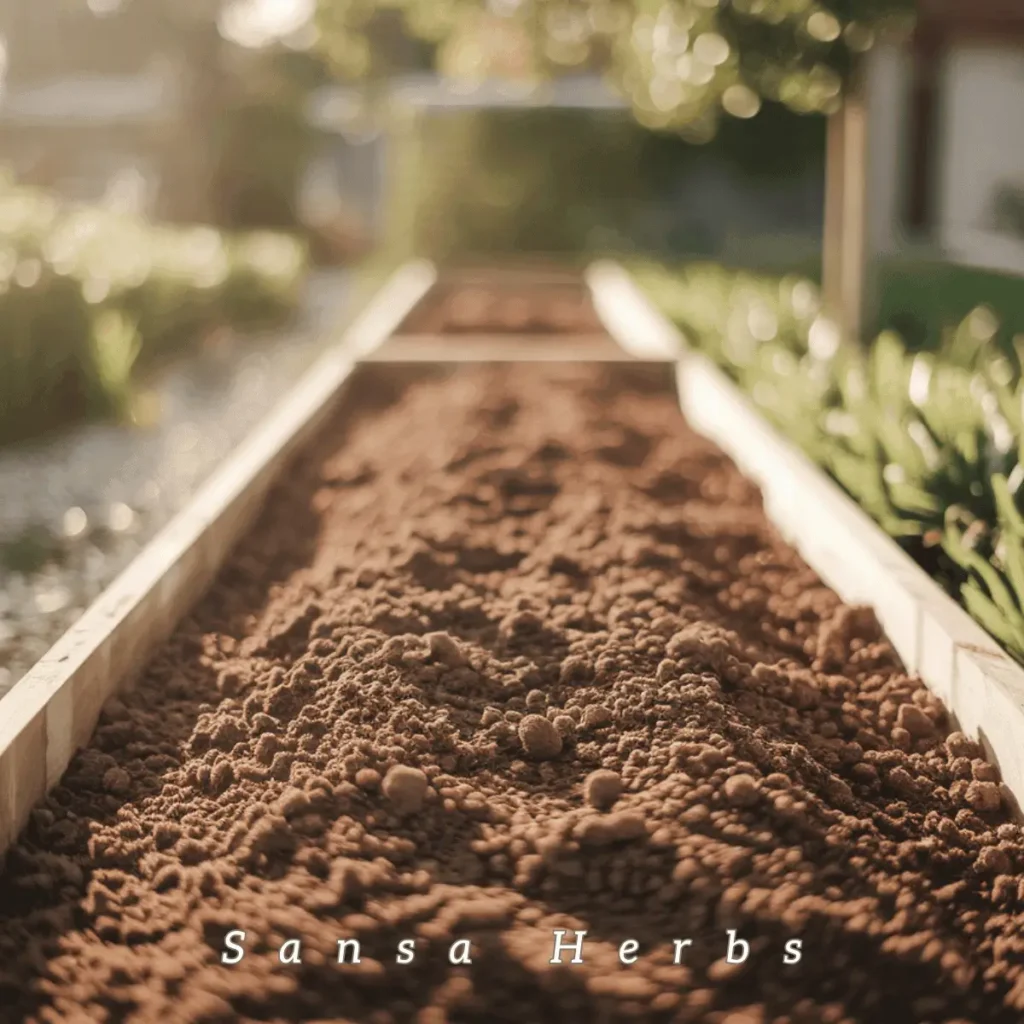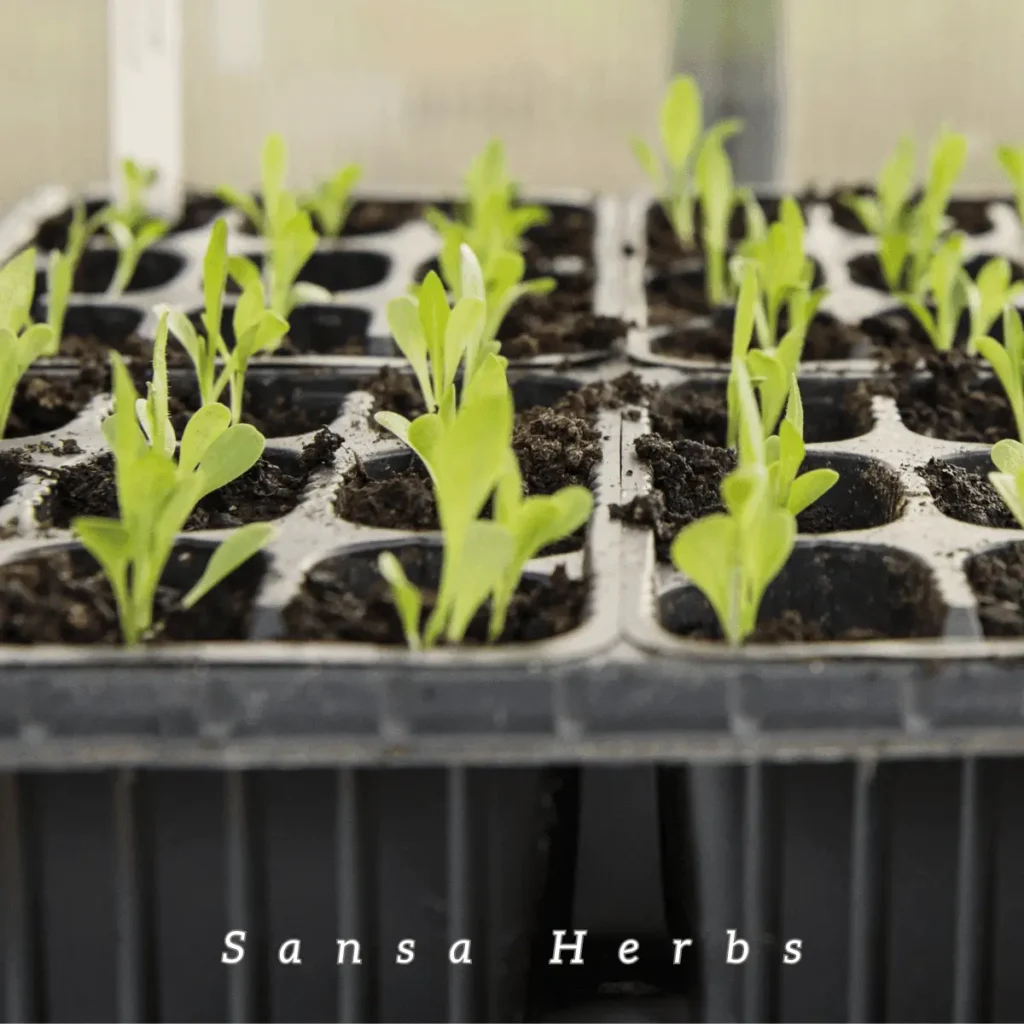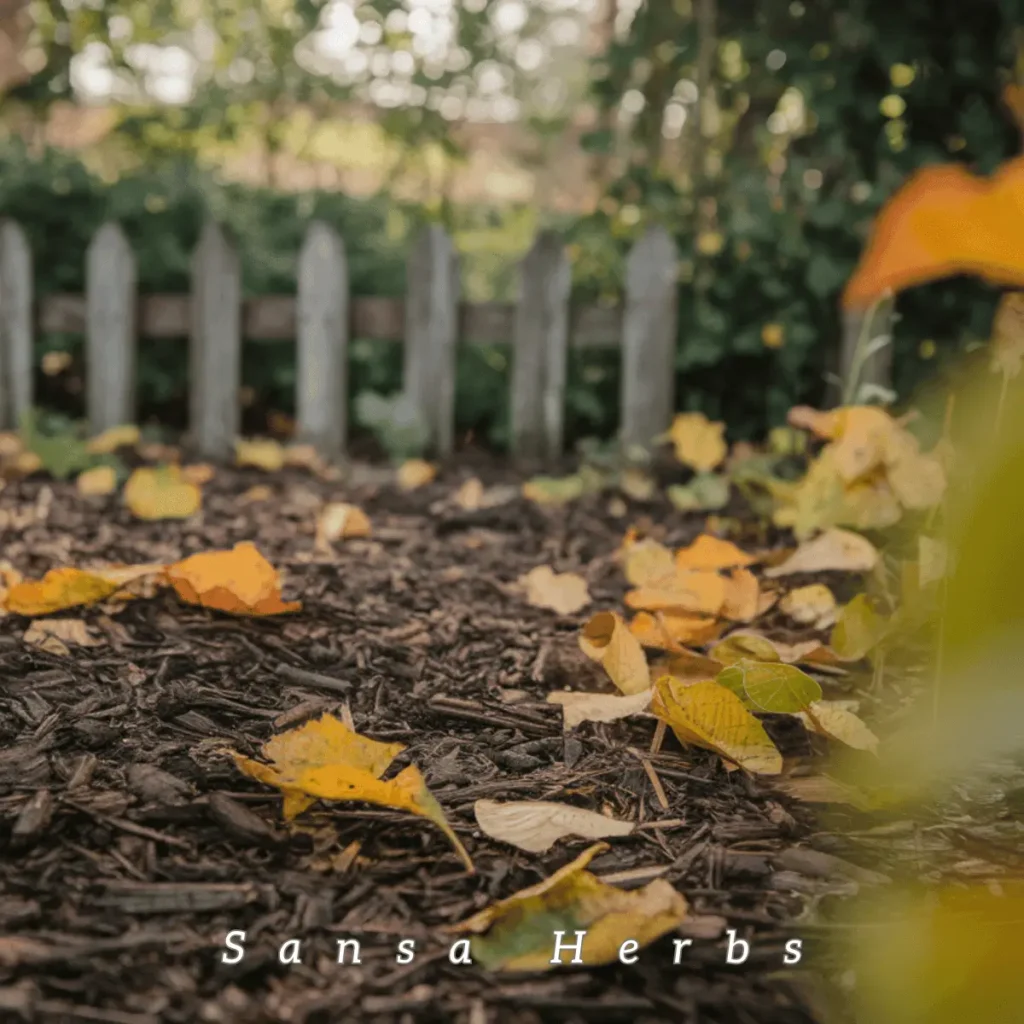Growing chicory from seed is a rewarding journey into both culinary and medicinal gardening. I’ve been cultivating this remarkable plant in my garden for years. The striking blue flowers and versatile uses make it a must-have for any serious gardener.
If you’re interested in growing chicory, you’ve come to the right place. I’ll share everything I’ve learned about growing this fascinating plant, from seed to harvest.

About Chicory
Chicory belongs to the daisy family. You’ll recognize it by its beautiful sky-blue flowers that open in the morning. These flowers actually track the sun throughout the day. It’s quite a sight to watch.

The plant grows tall and branching, usually reaching between 2-4 feet. Above ground, you’ll find bitter greens that are popular in salads. Below ground, there’s a deep taproot packed with beneficial compounds.
If you’re also interested in growing other beneficial herbs, you might find our guide on growing yarrow from seed helpful. Yarrow is known to grow well with chicory, making them good companions in a medicinal garden.
Historical Uses
Native Americans knew the value of chicory well before modern science caught up. They particularly prized the root for its medicinal properties. Today, we know chicory contains several beneficial compounds, including chicoric acid and inulin.

Modern research has shown that chicory root has anti-inflammatory properties. It’s also rich in inulin, a type of fiber that supports gut health. Always check with your healthcare provider before using any plant medicinally.
- Chicory (Cichorium intybus) is a perennial herbaceous plant known for its striking sky-blue flowers that open in the mor…
Getting Started
Timing matters when growing chicory. For a summer harvest, start your seeds indoors about 4-6 weeks before the last frost date. If you’re aiming for fall or winter harvests, sow directly outdoors in mid to late summer.
Your seeds will stay good for about 4-5 years if you store them properly. Keep them in a cool, dry place for best results.
Soil and Planting
Chicory isn’t picky about soil, but it does best in well-draining ground. Work some compost into your soil before planting. The plant has deep roots, so good soil preparation makes a big difference.

When you’re ready to plant, make shallow furrows about a quarter-inch deep. Space your rows about 18-24 inches apart. Scatter the seeds thinly and cover them lightly with soil.
Early Care
Keep the soil consistently moist during the first couple weeks. Your seeds should sprout in 7-14 days. Once the seedlings reach 2-3 inches tall, thin them to stand 6-8 inches apart.

Growing in Containers
Don’t have a garden? No problem. Chicory grows well in containers too. Choose a deep pot – at least 12 inches deep and wide. The roots need room to grow.

Use good potting mix and make sure your container has drainage holes. Container plants need more frequent watering than garden plants. Check the soil moisture daily, especially in hot weather.
Ongoing Care
Once established, chicory is pretty drought-tolerant thanks to its deep roots. Still, regular watering produces better quality leaves. Add a layer of mulch around your plants to keep moisture in and weeds out.

Harvesting Roots
If you’re growing chicory for its medicinal root properties, give each plant plenty of space – about 12-15 inches. Avoid high-nitrogen fertilizers. These promote leaf growth instead of root development.

Harvest roots in fall or early winter. That’s when the beneficial compounds are most concentrated. Dig carefully to get the whole taproot. Clean the roots gently but thoroughly.
Quick Growing Tips
Growing chicory is easy once you know the basics. Full sun is best. The soil should drain well. Keep young plants watered. Watch out for slugs and snails around seedlings.

You can expect your plants to reach maturity in about 85-100 days. They’ll grow happily in most climates, especially in USDA zones 3-10.
Remember to enjoy the process. There’s something special about growing your own medicinal herbs. Each plant has its own story to tell.
Quick Reference: Growing Chicory from Seed
| Basic Growing Information | Growing Conditions |
|---|---|
| Difficulty Level: Easy | Light Requirements: Full sun |
| Time to Germination: 7-14 days | Soil Type: Average, well-draining |
| Time to Maturity: 85-100 days | Soil pH: 5.5-7.0 |
| Plant Height: 24-48 inches | Temperature Range: 45-85°F (7-29°C) |
| Spacing: 6-12 inches apart | Water Needs: Moderate, drought tolerant |
| USDA Zones: 3-10 |
Growing Locations
Container Growing: ✓ Good
Indoor Growing: ✓ Possible
Outdoor Growing: ✓ Ideal
Historical & Traditional Significance
Astrological Association: Jupiter
Traditional Uses:
Coffee substitute, Digestive Support, Liver health, Traditional European medicine
